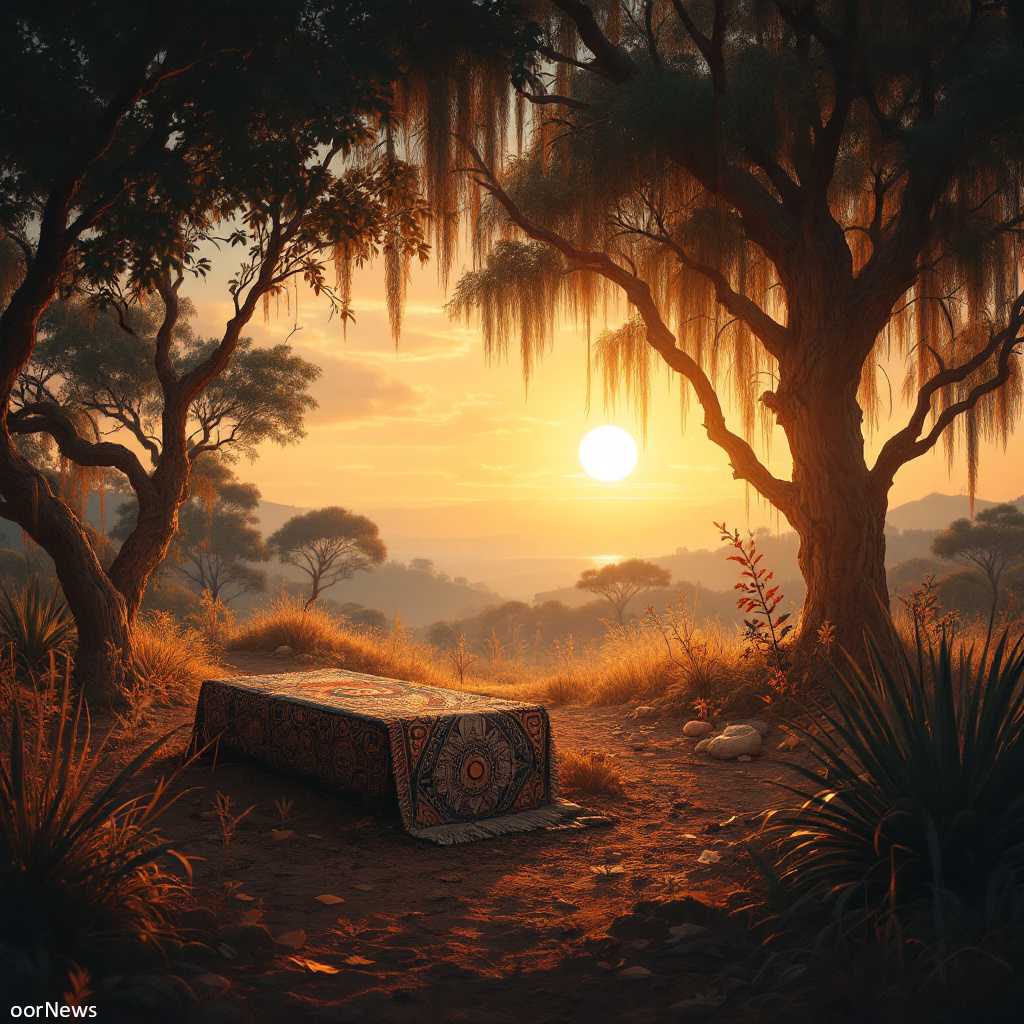Your cart is currently empty!

Tasmanian Remains Set for Homecoming Ceremony

A long-held chapter of a dark past nears its close as a skull, kept in Aberdeen since the mid-1800s, will soon return to Tasmania. The remains come from a young man taken from his land long ago. On 21 March, a ceremony will be held to lay the remains to rest in a traditional ceremony led by Aboriginal people.
In 2019, the University of Aberdeen reached out to the Tasmanian Aboriginal Centre about the repatriation. This led to a proposal to return the remains. In 2020, the University’s ruling body, Court, gave its full approval. Now the Centre is set to take the remains back to Tasmania.
The skull is part of a trove of items once owned by William MacGillivray, a professor at Marischal College. After he died in 1852, the University bought his collection. A sale list described the item as “Native of Van Diemen’s Land, who was shot on the Shannon River.” No record is kept on how the skull was taken. The Tasmanian Aboriginal Centre claims, “there can be no doubt that this skull was removed from the man shot at the Shannon River in order to service (the) trade in Aboriginal body parts. The decapitation was most likely performed by one of the killers, stock-keepers, property owners or lessees involved in or associated with the man’s murder.” Officials believe this act may have had its roots in the 1820s or 1830s. The young man belonged to the ‘Big River’ tribe—a people entirely wiped out with no direct kin left.
After its purchase by the University, the skull became part of the Comparative Anatomy collection. In the early 2000s, it was moved to the Human Culture collection. It was once used in medical lessons in the 19th and early 20th centuries. Today, no teaching or study centers on this item.
Andry Sculthorpe of the Tasmanian Aboriginal Centre said, “Aboriginal people feel the enormous responsibility of restoring to our own country both the physical remains, and through them, the spirits of our ancestral dead. This is a record of racist attitudes to the study of humanity, including human remains acquired by grave robbing and other immoral activity; in this case, murder. We applaud the institutions that have the courage to let go of their perceptions of intellectual supremacy, embrace their own humanity and do what is right by the people who are most impacted by the atrocities they have inflicted in the past. This young man’s murder will not be forgotten and we will bring him home to rest at last.”
Neil Curtis, Head of University Collections at the University of Aberdeen, said, “Given the violence and racism that led to their acquisition, it would be unacceptable for these ancestral remains to be used for research, teaching or exhibitions purposes. We are pleased that the remains of this young man can now be handed over to the Tasmanian Aboriginal Centre for appropriate burial in his homeland.”
The University of Aberdeen follows a set path when it comes to returning ancestral remains. It welcomes proposals to return ancestral relics and sacred items to the communities from which they were taken. A review of its collections is underway to mark items that were looted or unethically acquired. This effort comes on the heels of the return of a Benin Bronze in 2021, the first such move in the world by a museum.
At last, steps are being taken to mend a long-ago wrong and bring a lost soul back home.